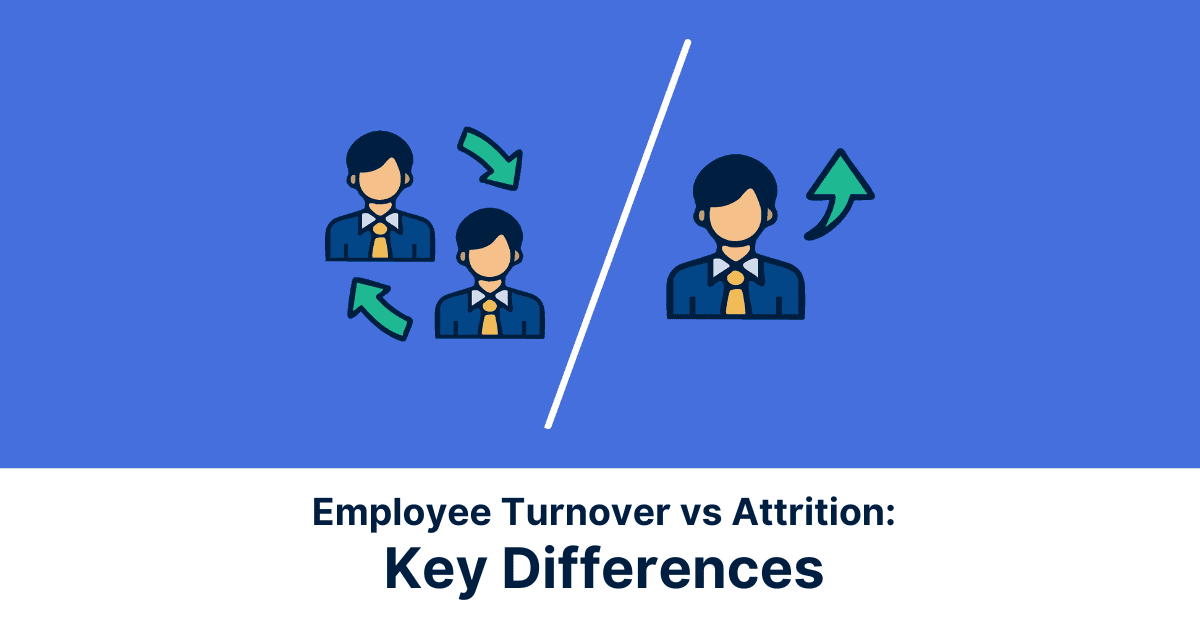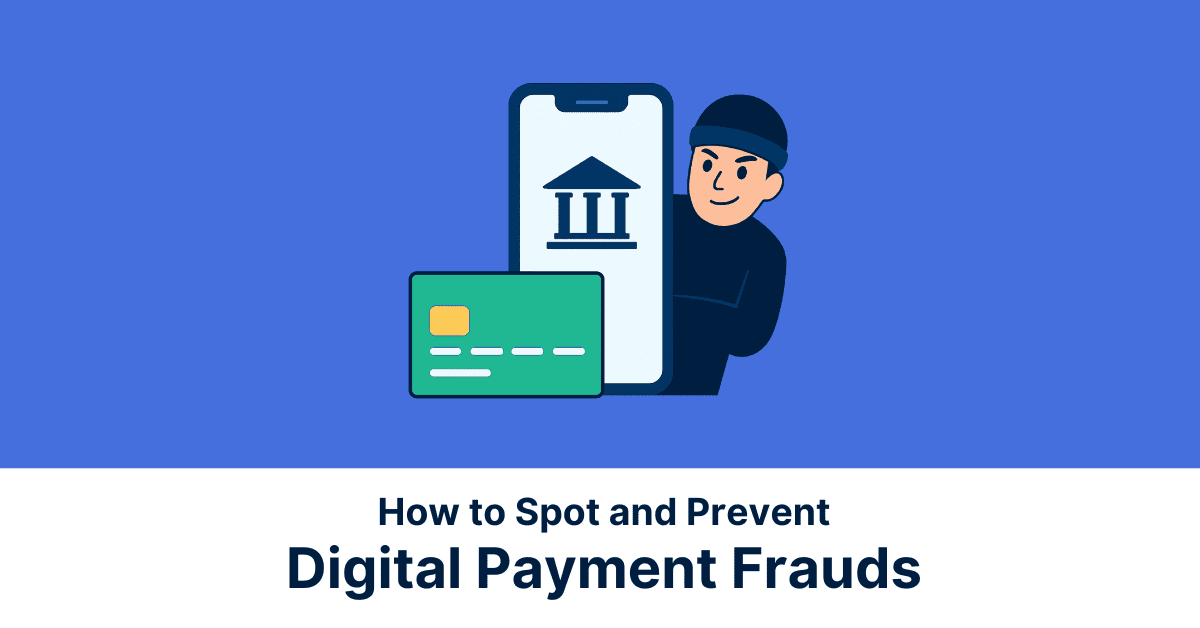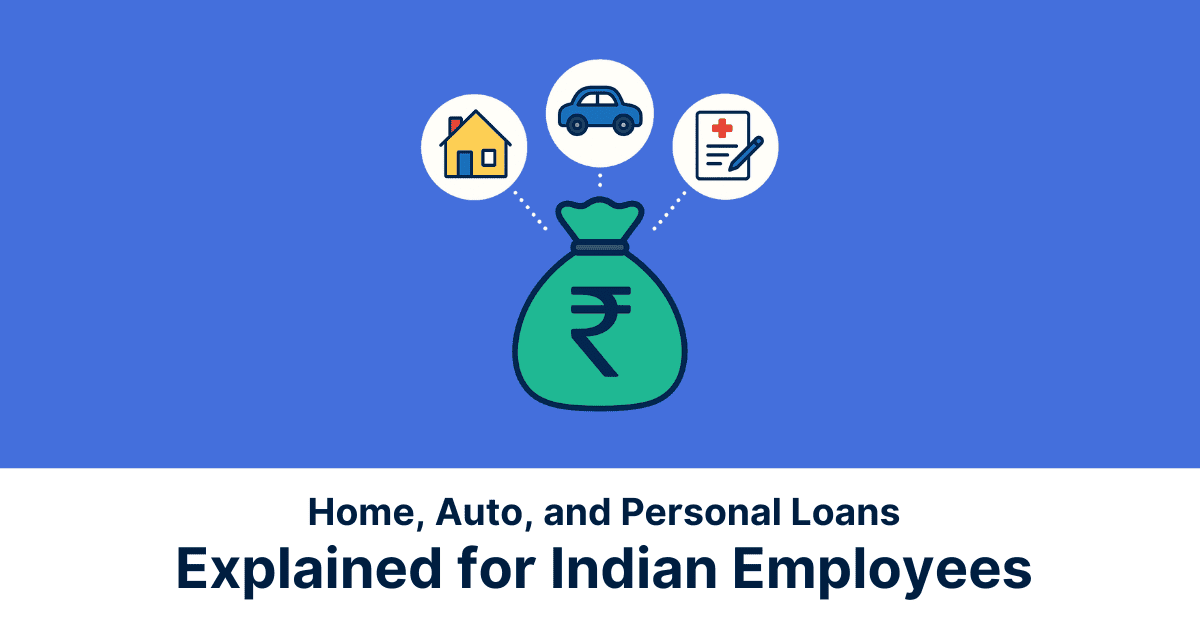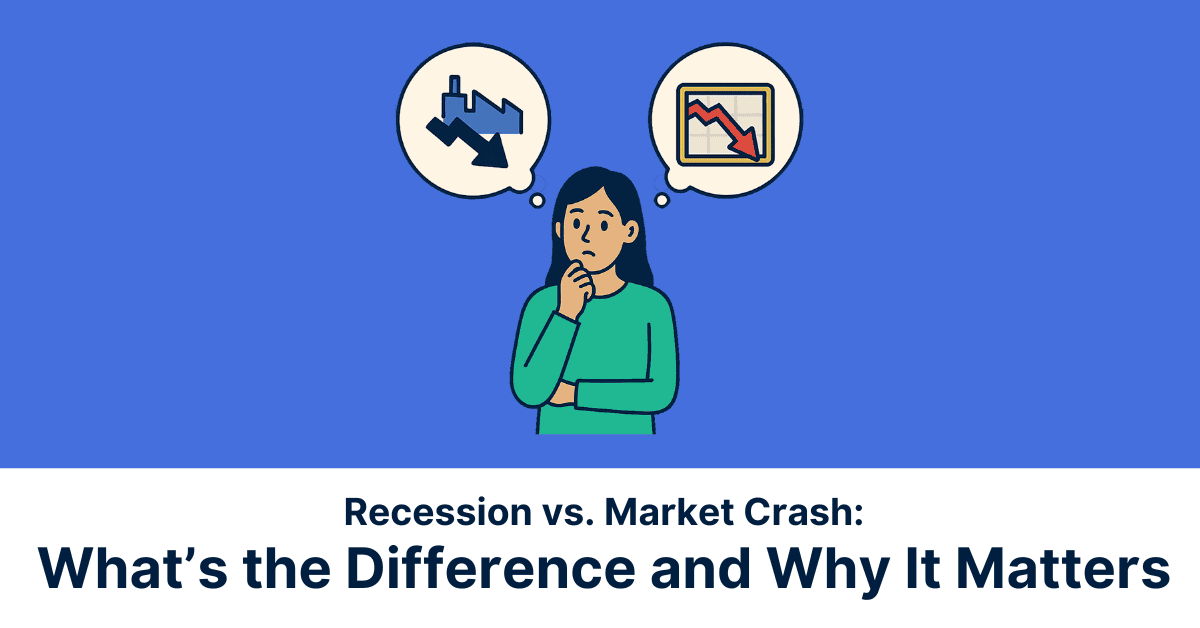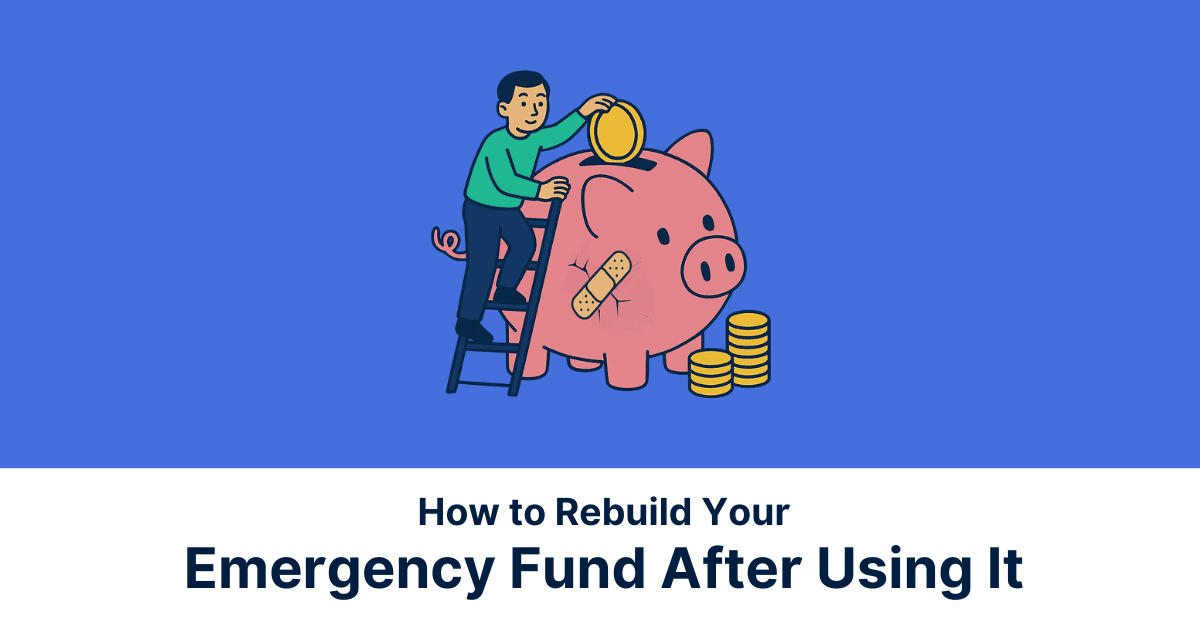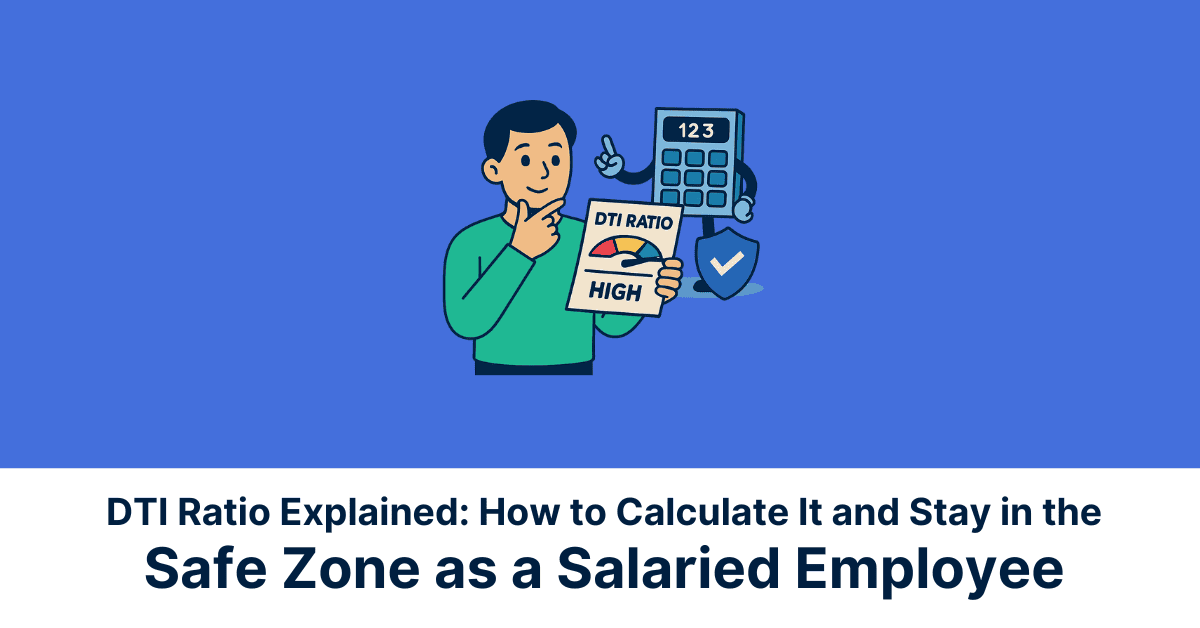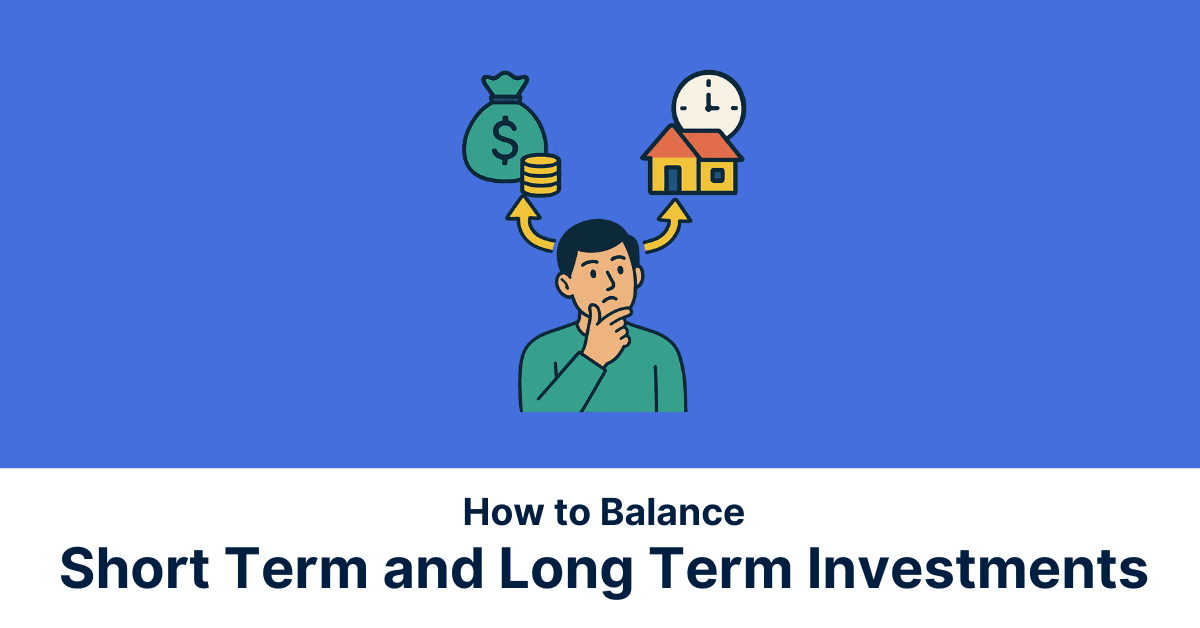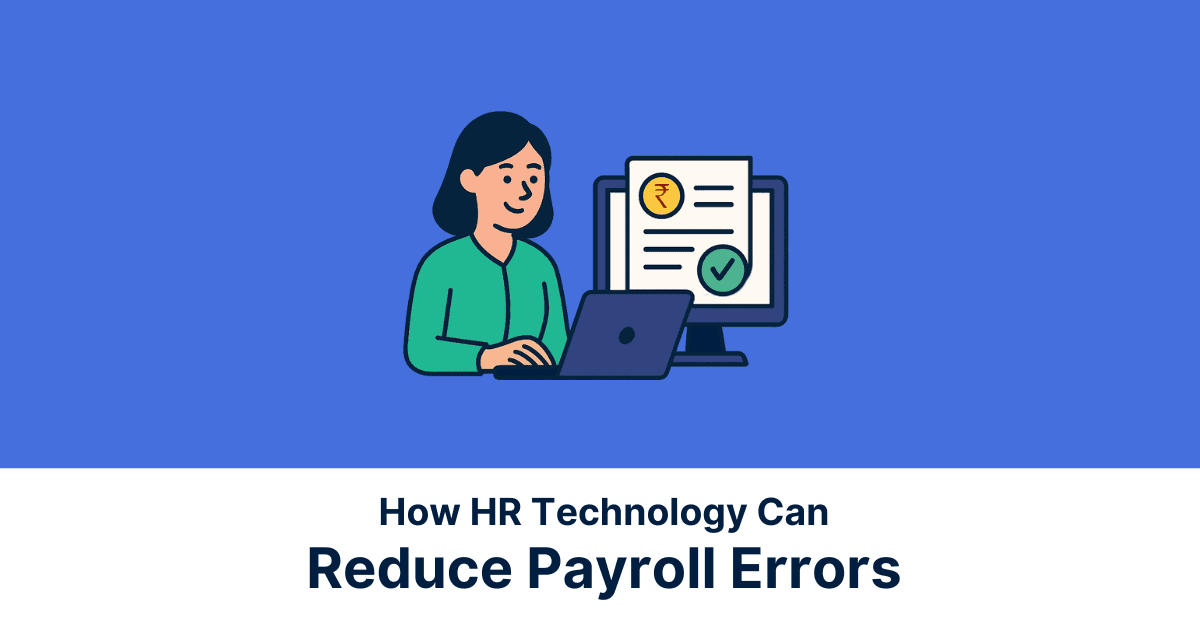In India, the Loan Against Property market was valued at USD 756.34 billion in 2024 and is projected to reach USD 1,598.23 billion by 2030, growing at a CAGR of 13.28%. This highlights its growing popularity as a trusted funding tool.
Whether you’re planning for higher education, facing medical expenses, expanding a business, or looking to consolidate debt, understanding how LAP works and when to use it can make all the difference. In this article, we break down the meaning of LAP, its types, benefits, and when it’s the right fit for you.
What is LAP?
What do you do when you need access to a large sum of money without parting with your property? A loan against property (LAP) can be a smart financing solution for salaried individuals. By pledging your owned residential or commercial property as collateral, you can unlock significant funds at relatively lower interest rates.
LAP Meaning and Basics
A Loan Against Property (LAP) is a type of secured loan where you pledge your owned residential, commercial, or even industrial property or land as collateral to borrow money from a bank or financial institution. Because the loan is backed by a tangible asset, lenders offer higher loan amounts, lower interest rates, and longer repayment tenures compared to unsecured loans.
While the property remains in your name, the lender holds legal rights to it until the loan is fully repaid. In case of default, the lender can recover dues by auctioning the property. LAP is best suited for major financial needs such as business expansion, higher education, medical emergencies, or debt consolidation, making it a smart financing tool for salaried individuals who want access to substantial funds without selling their assets.
Common Use Cases
LAP is ideal for salaried individuals needing substantial funds without liquidating assets. It’s commonly used for business expansion, offering capital to boost operations or invest in infrastructure.
For families, it can help fund higher education, either in India or abroad. In emergencies, LAP provides a reliable option to cover medical expenses without high-interest personal loans.
Further to that, LAP can be used for debt consolidation, where multiple high-interest debts are paid off and replaced with a single, lower-interest EMI, easing financial strain.
Types of Loan Against Property
Residential vs. Commercial Property LAP
When applying for a Loan Against Property (LAP), you can pledge either residential or commercial property, but there are important differences between the two.
Residential property
A home or a flat, is typically seen as lower risk by lenders. As a result, loans against residential property may come with lower interest rates and higher loan-to-value (LTV) ratios. Lenders also process these loans faster due to easier valuation and documentation.
Commercial property
Office spaces, shops, or industrial units, may fetch a higher loan amount due to greater market value. However, lenders often perceive commercial properties as higher risk, leading to stricter eligibility checks, slightly higher interest rates, and lower LTV ratios.
In both cases, ownership remains with the borrower, but the choice between the two depends on your loan requirement, the property’s market value, and your repayment capacity. Always compare offers to make the most cost-effective decision.
Loan for Personal vs. Business Needs
A Loan Against Property (LAP) can be used for both personal and business purposes, but the classification depends on how the loan amount is intended to be used.
Personal Use
When the loan is used for non-business-related expenses, it’s classified as a personal LAP. Common uses include funding a child’s higher education, covering medical emergencies, planning a wedding, or consolidating personal debts. Lenders may ask for basic proof of purpose, but generally offer more flexibility for personal use.
Business Use
When the LAP is taken for professional or commercial purposes, it falls under business LAP. This includes expanding operations, purchasing equipment or inventory, or managing working capital. In such cases, borrowers may need to provide business-related documents like financial statements or projected revenue.
While both types use property as collateral, the documentation and interest rates may vary based on the purpose and risk assessment by the lender.
Eligibility Criteria for Salaried Employees
Who Can Apply?
In India, salaried individuals aged between 21 and 60 years are eligible to apply for a Loan Against Property (LAP), provided they have a stable monthly income and work for a reputable organisation. Most lenders require a minimum of 2–3 years of work experience to ensure repayment capacity.
The applicant must own a residential or commercial property with a clear title, free from legal disputes or encumbrances. The property should also fall within the lender’s approved geographical limits. Lenders evaluate income stability, credit history (CIBIL score), and the property’s current market value before sanctioning the loan.
Required Documents
To apply for LAP in India, salaried employees must submit a set of documents that typically include:
- KYC documents: Aadhaar card, PAN card, and address proof
- Income proof: Latest salary slips (last 3–6 months), Form 16, and bank statements
- Employment proof: Offer letter or employee ID
- Property documents: Title deed, approved building plan, tax receipts
These help the lender assess eligibility, repayment capacity, and the property’s legality and value.
Benefits of LAP
Lower Interest Rates
Since a Loan Against Property (LAP) is a secured loan, where the borrower pledges real estate as collateral, lenders face lower risk. This allows them to offer interest rates significantly lower than those for unsecured personal loans. Lower rates reduce the overall cost of borrowing, making LAP an economical option for large funding needs.
Longer Repayment Tenure:
LAPs come with flexible repayment tenures, often ranging from 10 to 20 years. This extended tenure reduces the monthly EMI burden, making it easier for salaried borrowers to manage repayments without straining their regular finances.
High Loan Amount:
Depending on the property’s current market value, lenders typically offer 40–70% of its worth as the loan amount. This ratio can vary depending on the property value and whether the pledged property is residential or commercial, and self-occupied, rented, or vacant. This makes LAP suitable for large expenses like education abroad, business expansion, or medical emergencies, without needing to sell the asset or rely on multiple loans.
Risks and Considerations
Risk of Losing Property
One of the biggest risks of a Loan Against Property (LAP) is the possibility of losing the asset you’ve pledged. Since the loan is secured by your residential or commercial property, any default in repayment can lead the lender to initiate legal proceedings, eventually resulting in foreclosure.
The property may be auctioned off to recover the unpaid dues. This can be emotionally and financially distressing, especially if the pledged asset is your family home. It’s crucial to assess your repayment ability before opting for LAP to avoid such consequences.
Processing Time & Valuation Issues
Unlike personal loans which are quickly disbursed, LAP involves a longer processing timeline. Lenders must conduct a thorough evaluation of the property, including legal checks, title verification, and market valuation.
Any issues in documentation or discrepancies in ownership records can cause delays or rejections. Even valuation differences between the borrower and the lender can affect the approved loan amount, impacting your funding expectations.
When Should You Consider LAP?
For Large One-Time Expenses:
A Loan Against Property (LAP) is best suited for significant one-time financial requirements where a large sum is needed upfront. Common instances include funding higher education abroad, managing wedding expenses, expanding a business, or covering major medical treatments.
Since LAP offers a high loan amount and longer repayment tenure at lower interest rates, it becomes a cost-effective solution for big-ticket expenses that require structured repayment over time.
Not Ideal for Small or Recurring Needs:
LAP is not recommended for smaller or short-term financial needs like routine bills, temporary cash flow gaps, or frequent travel expenses. The process of property evaluation, documentation, and approval can take time, and using a high-value asset for minor needs doesn’t justify the effort or risk. Moreover, committing to a long-term loan for small needs may unnecessarily strain your finances and put your property at risk in the long run.
How to apply for Loan Against Property online in India for free
Pre-Check Eligibility
Before applying, use the bank’s or financial institution’s online eligibility calculators to assess your loan amount, EMI, and tenure options. These tools consider your income, age, credit score, and property value to give you a realistic estimate of what you may qualify for.
Submit Documents Digitally
Once eligible, you can initiate the application online by filling out a form and uploading required documents. This includes KYC documents (Aadhaar, PAN), income proof (salary slips, Form 16), and property papers (title deed, tax receipts). Some portals may also request employment proof or bank statements.
Property Valuation and Disbursement
After document submission, the lender conducts property verification and legal checks, sometimes with a physical visit. Based on the valuation, the loan amount is finalised. Once approved, the funds are disbursed directly to your bank account, typically within 7–10 working days.
Conclusion
A Loan Against Property (LAP) allows salaried individuals to access large funds at competitive interest rates, with flexible tenures and high loan amounts without selling their assets. It’s ideal for major financial goals like higher education, business growth, or medical emergencies. Loan tenures can extend up to 15–20 years, depending on the lender’s policy and your age at maturity.
However, it’s important to use LAP strategically. Avoid it for small or short-term needs, and always assess your long-term repayment capacity before committing. When planned well, LAP can be a cost-effective and secure way to fund your goals.
Take charge of your financial journey with Jify today. Access expert guidance that can help you optimise your financial strategy for both short-term stability and long-term growth.
*Disclaimer: The information contained herein is not intended to be a source of advice concerning the material presented, and the information contained in this article does not constitute financial advice. The ideas presented in the article should not be used without first assessing your financial situation or without consulting a financial professional.


